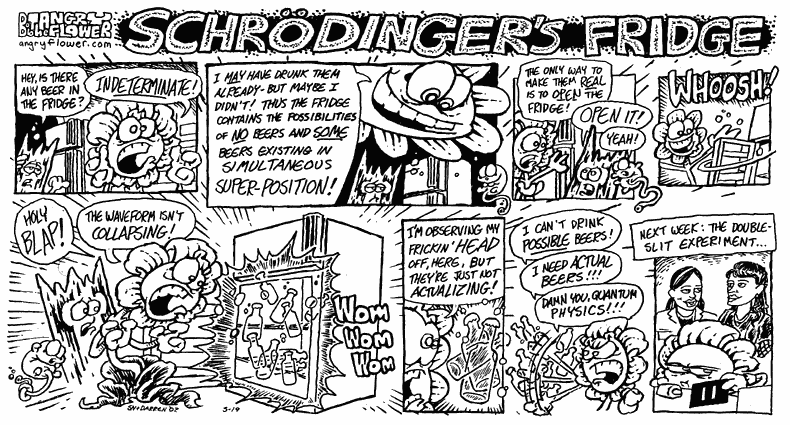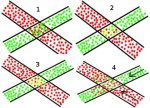Just some qustions on photons
Do photons have a mass? I heard they did as this is the reason they seperate thorugh difraction.
Do photons of a different wavelength have a different size, mass, density etc.
How big is a photon?
Can you see them under a micsroscope?
Do photons have a mass? I heard they did as this is the reason they seperate thorugh difraction.
Do photons of a different wavelength have a different size, mass, density etc.
How big is a photon?
Can you see them under a micsroscope?







